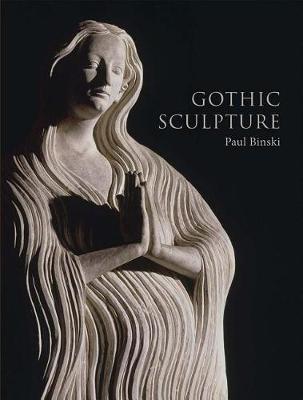Gothic Sculpture

Gothic Sculpture
PRP: 362.67 Lei
Acesta este Prețul Recomandat de Producător. Prețul de vânzare al produsului este afișat mai jos.
326.40Lei
326.40Lei
362.67 LeiIndisponibil
Descrierea produsului
Detaliile produsului

Coșul tău de cumpărături a fost actualizat!

PRP: 362.67 Lei
Acesta este Prețul Recomandat de Producător. Prețul de vânzare al produsului este afișat mai jos.
326.40Lei
326.40Lei
362.67 LeiIndisponibil
Descrierea produsului
Detaliile produsului
Noi suntem despre cărți, și la fel este și
Newsletter-ul nostru.
Abonează-te la veștile literare și primești un cupon de -10% pentru viitoarea ta comandă!
*Reducerea aplicată prin cupon nu se cumulează, ci se aplică reducerea cea mai mare.

